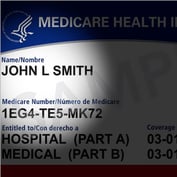By
In terms of disability income underwriting, a landmine can be viewed as a condition or situation that, when submitted to an underwriter (or detected by an underwriter), can explode in the producers face.
That is, it causes the application to be rejected. At the very least, the prospect is not going to be a happy camper. Remember, he or she went to a lot of effort and cooperated with the requirements to get the application through the processsupplying tax returns, undergoing examination, answering questions in the interview etc. But all in vain!
Will the agent be blamed for not knowing any better when submitting the application in the first place? Probably. Will the agent lose a client or not get referrals? Perhaps. Did the situation have to happen? Probably not.
How could the agent have known, and what could have been done if known?
Lets look at what it takes to get an application through the underwriting maze. Currently, the underwriter looks at the applicants tax returns, occupation/duties, Medical Information Bureau report, health records, and personal history interview. All these things affect the decision to issue a policy as applied for; issue with an exclusion, modification or rating; or decline.
Typical landmines that this process turns up are shown in the box on this page.
To avoid embarrassment and any inconvenience to your client, consult that list when filling out the application. It should help you recognize that going through the normal channels for these underwriting dilemmas probably will be a waste of time and effort for all concerned. Doing so probably will also have some negative consequences.








 October 30, 2003 at 07:00 PM
October 30, 2003 at 07:00 PM










